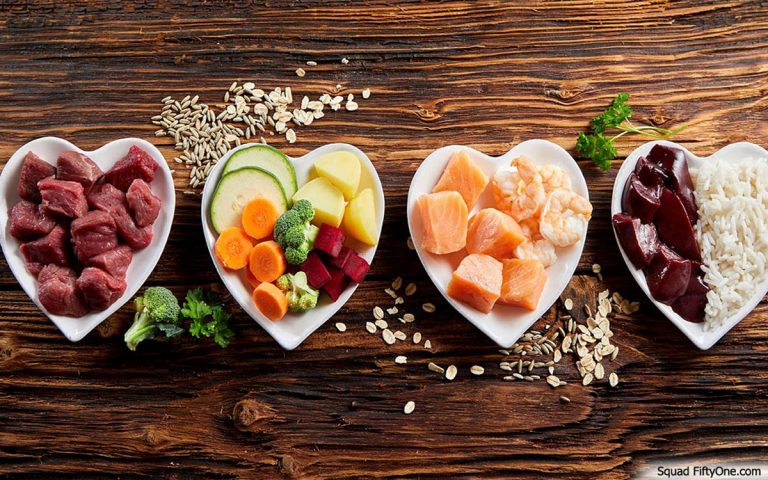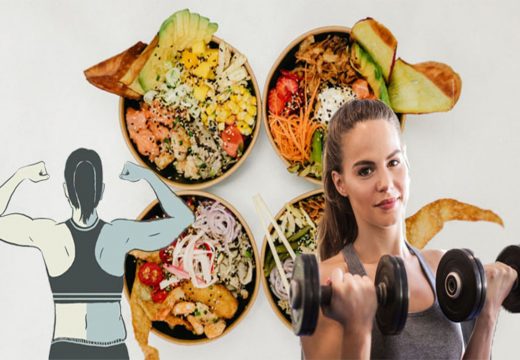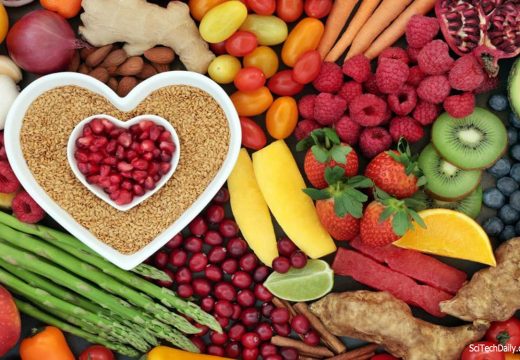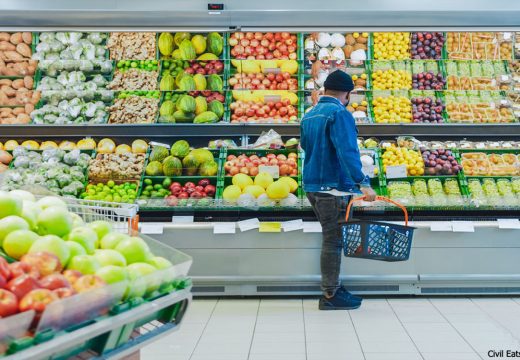Understanding food is crucial know-how for any human. It is surprising that in our world there are many persons, especially the young, who know more about sports and films than the basics of what constitutes good and healthy food. The first thing to know about food is that healthy food is not expensive. Much of it is derived from grass and other vegetation that grows in abundance on our planet, despite a burgeoning human population that exceeds seven billion. Milk and meat are produced by grass-eating animals and we as humans consume the seeds of grass as wheat, corn, rice, etc. let us just briefly list the types of food a human requires:
Carbohydrates: These are a primary requirement to mitigate human hunger. Wheat is a primary source for it supported by other food grains such as rice, corn, etc. Wheat has excellent storage capacity and it can be consumed in a variety of ways such as numerous kinds of leavened and unleavened bread, noodles, spaghetti, biscuits, semolina, etc. If bread is central to food and if it is prepared at home, food costs come down drastically and food becomes inexpensive. At present, there is a sufficient amount of wheat on our planet to feed all humans as well as domestic animals besides. More food goes waste on our planet due to apathy and carelessness than the food required by all humans who go to bed on a hungry stomach. A substitute for food grain carbohydrates is certain root crops such as potatoes.
Proteins: Foodgrains can provide a limited amount of protein to the human body. However, good health requires supplementing this with protein from other foods. The best such are eggs and milk or milk products. Whereas milk appears to be the best protein source for most growing children, cheese or yogurt is better for grown-ups. Fish is another fine source of good protein. Unfortunately, due to a heavy human population on the planet and the pollution caused by indiscriminate consumption, water bodies have become polluted. This pollution has been picked up by fish. It no longer remains as healthy a food as it used to be historical. Vegetable proteins are a cheaper source of protein and foods such as beans may not cause flatulence if precautions to eliminate that are taken. Moong bean is the least flatulence causing of all beans. The washed split variety of this bean is easily digested by children provided the starch is reduced by presoaking and during cooking. It can easily be sprouted at home to increase its nutritional content in several folds.
Fats: After the human need for carbohydrates and proteins has been met the next item of food has to be fats. The best of fats available on our planet are butter and certain tree oils such as olive oil. Both are relatively expensive and a variety of other vegetable oils may be used to substitute for this requirement. Oils and fats are an essential ingredient of cooked human food adding taste and nutrition. There is a need to increase plantations of oil yielding trees such as olives and oil palms on the planet. At present, there has been much opposition from environmentalists to expanding palm oil plantations of South-East Asia. This opposition would reduce if a law is imposed in these countries to disperse uniformly around twenty percent other native trees throughout such plantations to maintain bio-diversity. Tree oils and tree foods tend to be healthier than other agricultural produce because trees are not replanted every year to deplete the soil of essential nutrients. Their roots go wider and deeper inside the ground.
Fruits, Vegetables, and Greens: A certain amount of raw vegetable foods or fruits are required to keep the human digestive tract populated with live enzymes. Drinks containing live yeast and yogurt help in the same direction. Salads do the same job. The trouble with salads is that in case they are contaminated with bacteria such as e-coli and Salmonella etc. they would make human sick rather than healthy. It is also dangerous to have salads when one eats out especially in developing countries where adequate standards of hygiene may not be maintained in farms and restaurants.














